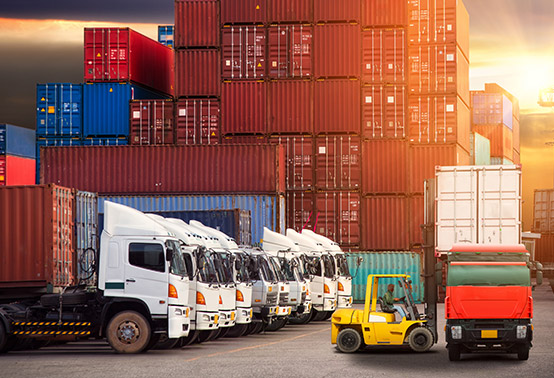Unveiling the Pinnacle of Air Travel: Discovering the Cleanest Airline
In today's world, where environmental consciousness is on the rise, travelers are increasingly seeking airlines that prioritize sustainability and cleanliness. With concerns about air pollution and the impact of travel on the planet, it is crucial to identify the cleanest airlines that go above and beyond to minimize their carbon footprint. In this article, we will delve into the concept of a clean airline and explore the factors that contribute to its distinction.
- Environmental Commitment:
The cleanest airlines are those that demonstrate a strong commitment to environmental sustainability. They implement comprehensive strategies to reduce greenhouse gas emissions, invest in fuel-efficient aircraft, and actively participate in carbon offset programs. These airlines prioritize the use of renewable energy sources and constantly seek innovative ways to minimize their impact on the environment. - Air Quality Management:
Clean airlines prioritize the quality of the air passengers breathe during their journey. They employ advanced air filtration systems that effectively remove contaminants and ensure a healthy cabin environment. These airlines regularly monitor and maintain their air quality to provide passengers with a refreshing and clean atmosphere throughout their flight. - Waste Management:
Efficient waste management is another crucial aspect of a clean airline. These airlines implement recycling programs, minimize single-use plastics, and encourage passengers to participate in eco-friendly practices. By reducing waste generation and promoting responsible disposal, clean airlines contribute to a sustainable and cleaner aviation industry. - Cleaning and Sanitization Protocols:
Especially in the wake of the COVID-19 pandemic, cleanliness and hygiene have become paramount. The cleanest airlines have implemented rigorous cleaning and sanitization protocols to ensure the safety and well-being of their passengers. From thorough disinfection of aircraft interiors to regular sanitization of high-touch surfaces, these airlines leave no stone unturned in maintaining a pristine environment. - Employee Training and Awareness:
Clean airlines understand that their employees play a vital role in upholding cleanliness standards. They invest in comprehensive training programs to educate their staff on best practices for maintaining a clean and hygienic environment. By fostering a culture of cleanliness and awareness, these airlines ensure that every aspect of their operations aligns with their commitment to being the cleanest in the industry.
Conclusion:
In the pursuit of sustainable and environmentally friendly air travel, the concept of the cleanest airline has emerged as a key differentiator. These airlines prioritize environmental commitment, air quality management, waste reduction, and stringent cleaning protocols. By embodying these principles, they set a new standard for the aviation industry, providing passengers with a clean, safe, and responsible travel experience.

Post Comment